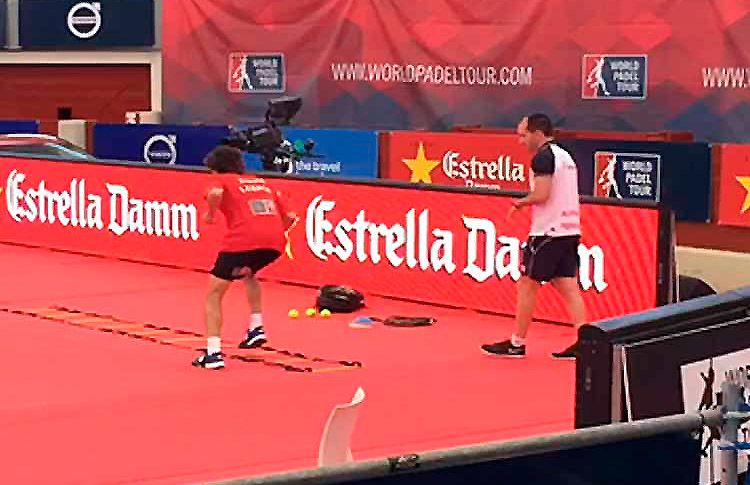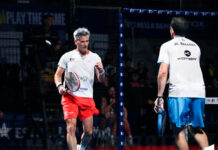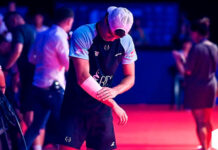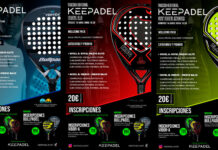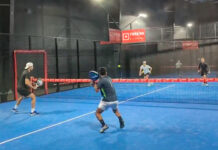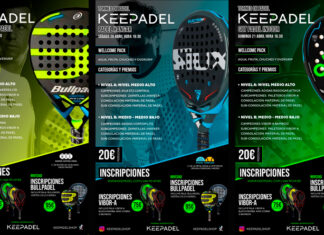The warm-up, most heard today as 'Warm Up', is the first contact that an athlete or player makes with the activity, in our case in particular, with the paddle. Do not miss this interesting article by Álvaro Rosa in the MyPadel Blog.
Padel World Press .- As emphasized by the prestigious physical trainer, a good warm-up has two requirements that must be met. They are the following:
- Physiological and anatomical objectives: With this, what is intended is to adapt the body progressively to the demands of the activity.
- Psychological goals: You have to create a relationship with the environment, with your colleagues; In short, interact.
Which is more important?
Sure we have a hard time getting it right. It is not easy since one allows our body to perform and not be injured but, for its part, the other helps us to get the most out of our class from minute 1, not to have to say “when I wanted to realize We were going set down ”, as you have heard so many times.
Among its benefits, we could highlight the following:
Physiological Benefits:
- Adapt the cardiovascular system (HR) to the rhythm of the activity
- Prepares the joints, muscles, bones, tendons (locomotor system) to enter into proper functioning
- Get breathing and oxygen to be efficient.
- Prevent injuries
Psychological Benefits:
- Activates the nervous system. With this, the messages that our brain emits through impulses arrive faster and are 'transformed' into movements in less time.
What characteristics should it fulfill? As well as improving the relationship with colleagues and technicians, and contributing to create a positive climate to face the activity, should be:
- General and specific.
- Progressive.
- Dynamic.
- Polyarticular and monoarticular.
- Individual or collective.
The ingredients that should not be missing in the warm up for a game or a class are the following:
a) Start with running and joint range exercises. Between two and five minutes.
b) Mobilizes both lower and upper body. They are all protagonists in the game. Between two and five minutes
c) Specific displacements of paddle. Shadows of volleys, balloons, etc. With a duration between two and five minutes.
d) Reaction rate. Between two and five minutes.
e) Static and dynamic stretching. Between two and five minutes
f) Rally with your partner or opponent. Between two and five minutes.
The duration should be similar for everyone, amateurs and professionals ... Only the intensities will vary but, in reality, we can take as an example the professional players, who begin to warm up one hour before the game, multiplying the approximate times that we have commented.
Do not forget: To get the most out of your class or game, warm-up is your first step.
Álvaro Rosa
Physical Trainer WPT players
* You can follow all the news of the world of paddle in our profiles of Facebook y Twitter as well as subscribe to our Newsletter .

